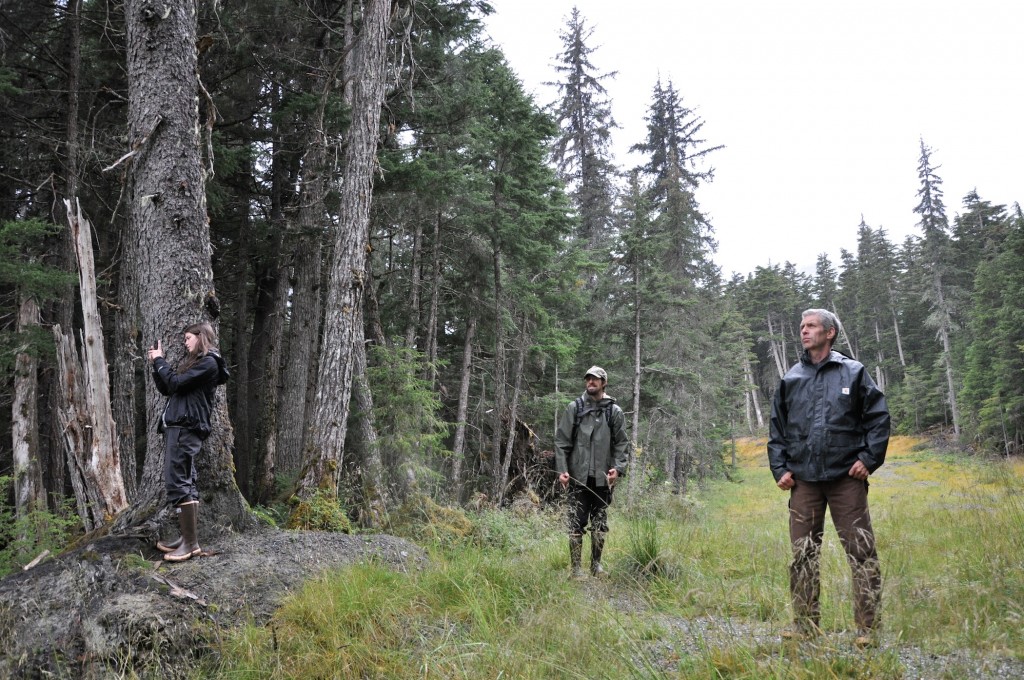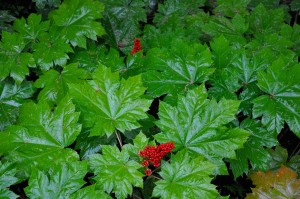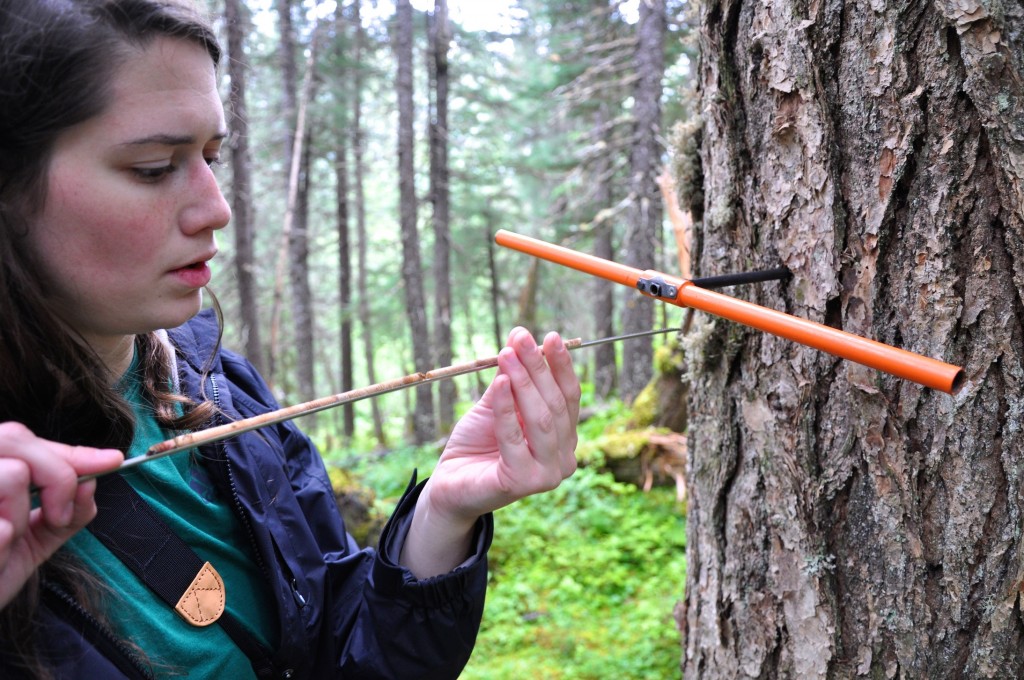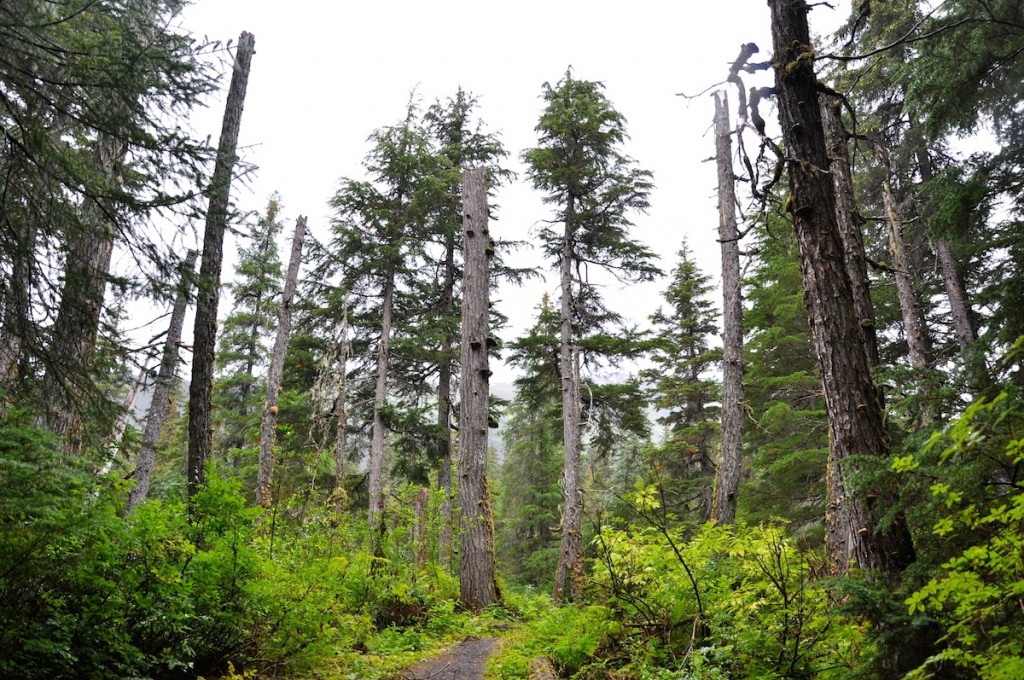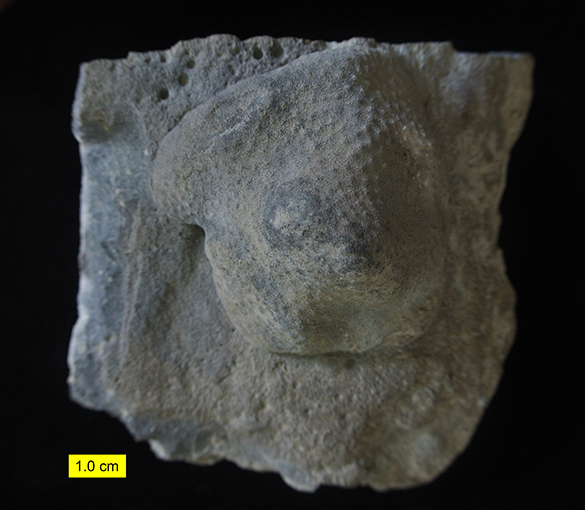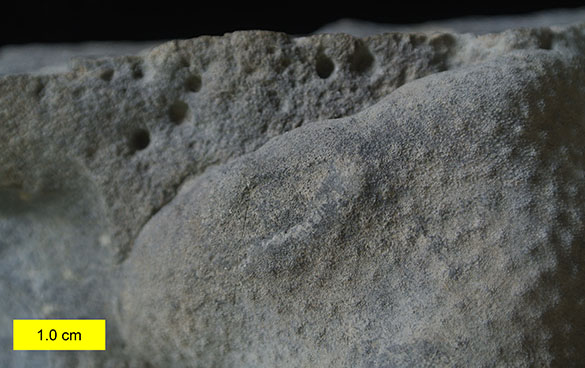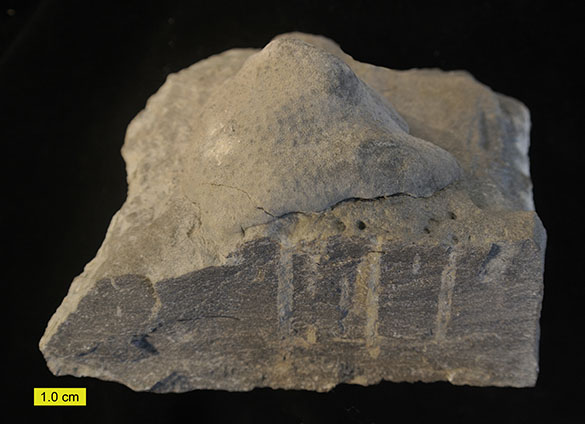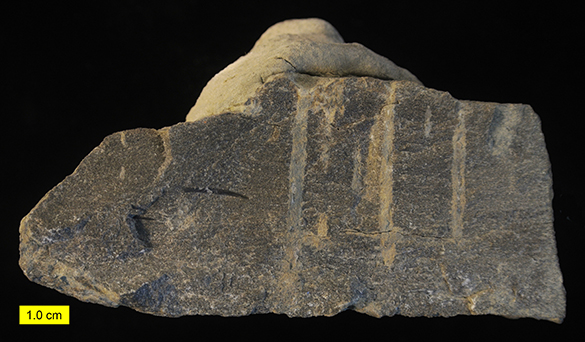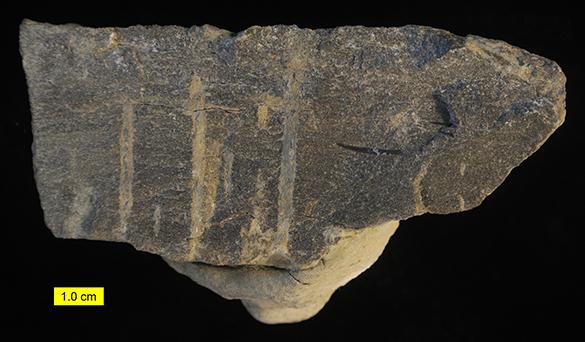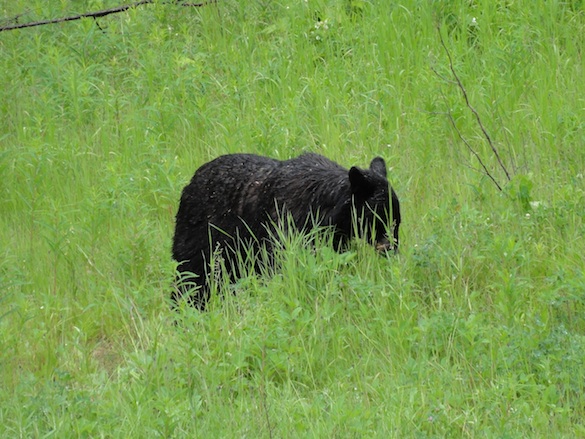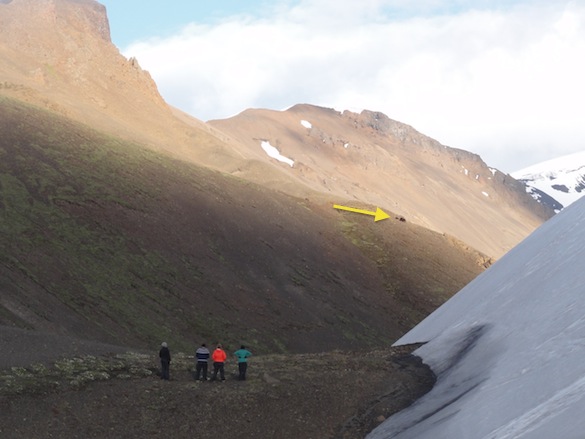Guest Blogger: Sarah Frederick (’15)
After traversing every stretch of road within Kamchatka at least twice, 5 bear sitings, and becoming intimately familiar with Kamchatka mosquitoes (they come in three sizes!), we are on our way to Moscow. All in all we cored over 500 trees! So I am sure that everyone back in the lab can hardly wait for our return…
 Coring larch trees in the mountains of the Eastern Range.
Coring larch trees in the mountains of the Eastern Range.
Coring took us to every reach of the Kamchatka Peninsula. We made our way as far north as Ust-Kamchatsky, a port city that was strategically important during the Cold War when the entire peninsula was closed to nonresident Russians and foreigners alike. Then we drove all the way west to the Sea of Okhotsk before returning east to Petropavlovsk, a large port city on the Pacific.
During our travels we have explored a variety of environments. While the most pervasive by far was the taiga, swampy coniferous forests, we also appreciated the beauty of spring in the tundra.
The devastation caused by the frequent volcanic eruptions was also evident. We frequently came across open ash fields and even pyroclastic flow deposits!
 The desolate remains of a pyroclastic flow (fast moving current of hot gas and rock) produced by the adjacent volcano.
The desolate remains of a pyroclastic flow (fast moving current of hot gas and rock) produced by the adjacent volcano.
Besides collecting cores, we also learned a bit about the local culture and history. In Esso, we visited the museum where we learned about the traditional practices of the indigenous peoples and how they survived Kamchatka’s harsh climate.
The main building of the museum exhibits the beautiful woodwork typical of the region.
A reproduction of a traditional home of the Koryak people. In order to optimize heat retention, the structure is built partially underground and in the shape of an oven. It even has an escape hatch out of the top for when snow buries the structure.
Esso is also significant as the starting point of the Beringia, Kamchatka’s traditional dog sled race, which in the 1990s held the record for the longest dogsled race, rivaling Alaska’s Iditarod.
Back in Petropavlovsk we visited Kamchatka’s Institute of Volcanology and Seismology, scientists from which have most generously hosted and guided us on our journey. Along with several visiting Japanese geologists, we were given a tour of the museum of Volcanology. Here we learned about Kamchatka’s most active volcanoes and the work of the volcanologists in the region. They were most excited about a recent discovery of diamonds in the ash of the Tolbachik Volcano, which made me re-evaluate the goals of our expedition to that site. Had I known, I would have been far more interested in sifting through the sediment for diamonds than in the trees…
Finally, for those have been asking about the bears. Here is a cutie that we came across on one of our last days in the field. These Kamchatka brown bears are very large, though not a big threat to humans, particularly in the summer when food is plentiful.













